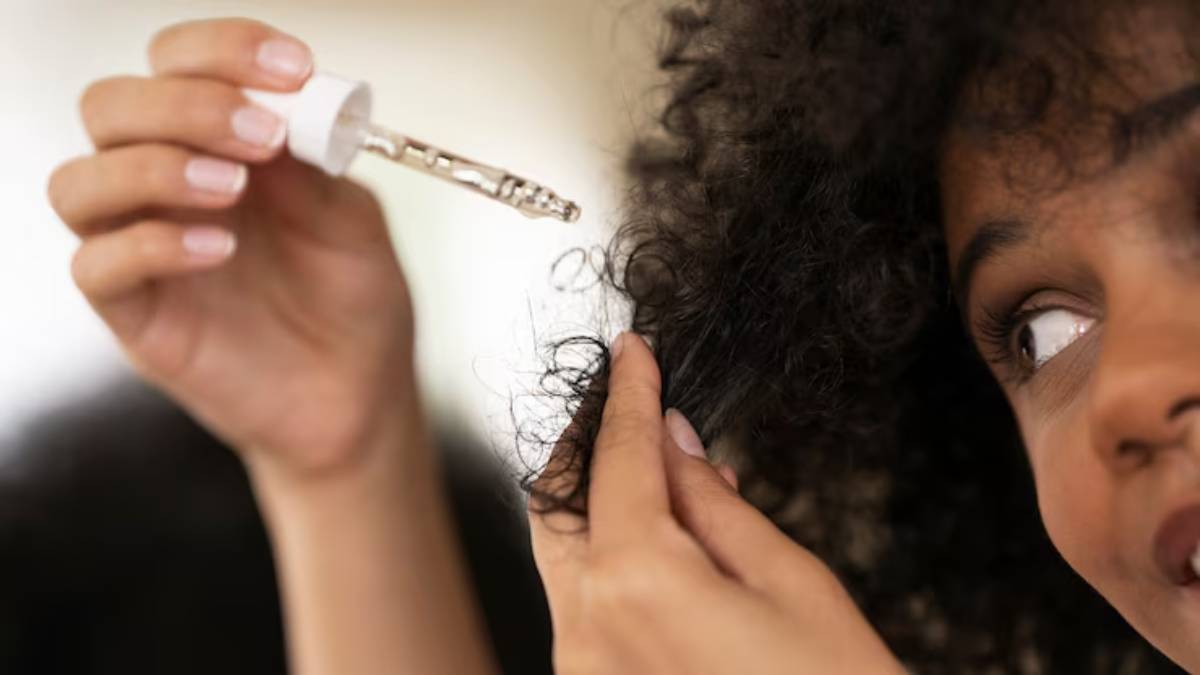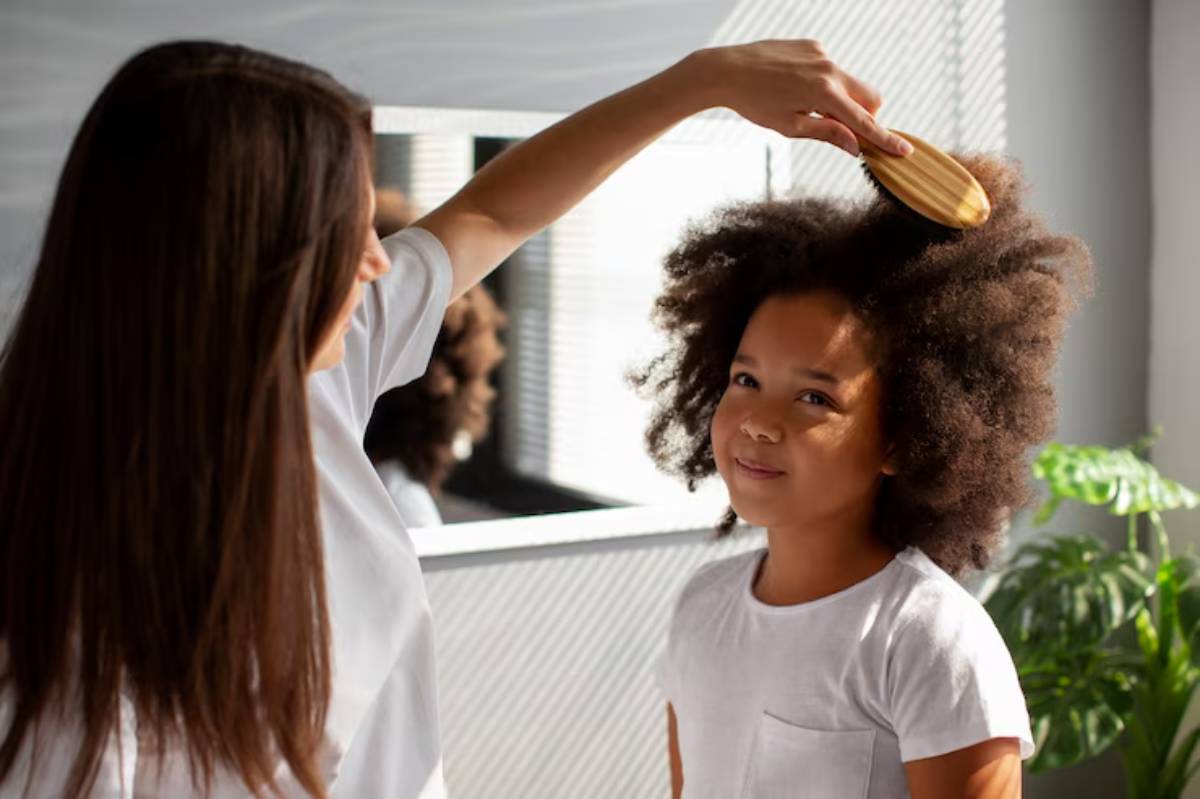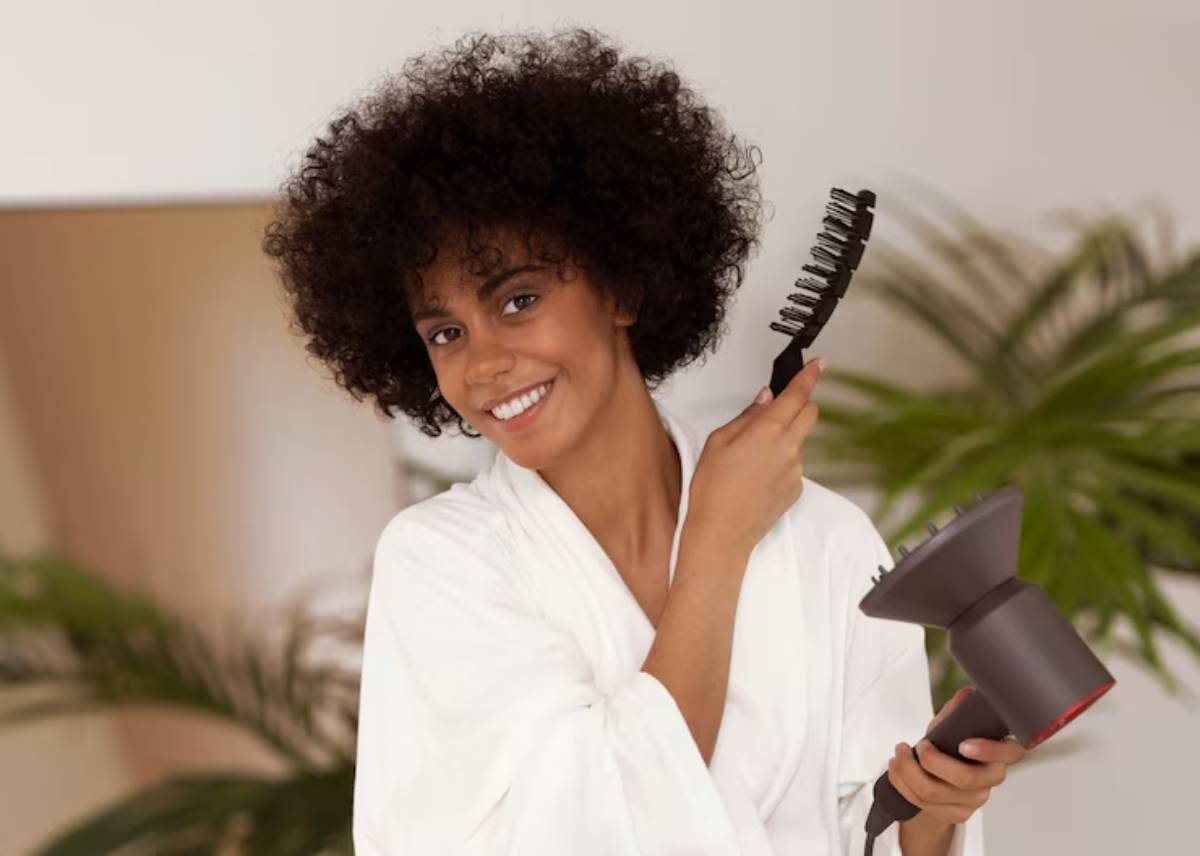
The Beginner’s Guide to Caring for Curly Hair
So, you’ve decided to embrace your natural curls — fantastic choice. Curly hair is expressive, unique, and full of personality, but it also needs specific care to flourish. If you’re transitioning from heat styling, growing out a protective style, or are simply new to curly haircare, the journey can feel overwhelming at first.
But here’s the truth:
Once you understand what your curls need, maintaining them becomes second nature. This guide is here to walk you through the basics — from understanding your curl pattern to building a solid curly routine that fits your lifestyle. By the end, you’ll not only know how to care for your curls, but how to love them too.
Understanding Your Curl Pattern
Curly hair isn’t one-size-fits-all. It comes in a variety of textures and patterns, from soft waves to tight coils. Knowing your curl type gives you a head start when choosing products and techniques that actually work.
Identifying Curl Types
Hair is generally categorised into four main types:
- Type 1: Straight
- Type 2: Wavy (2A–2C)
- Type 3: Curly (3A–3C)
- Type 4: Coily/Kinky (4A–4C)
Each type has its own characteristics. For example, 2A is loose and almost straight, while 4C has tight zig-zag curls with minimal definition. Most people have more than one type on their head — and that’s completely normal.
Not sure where you fall? Check out our curl pattern guide to help you identify your hair type and what it needs.
Why Curly Hair Needs Special Care

Curly strands are naturally more prone to dryness. The twists and turns in each strand make it harder for natural oils to travel down the hair shaft, which means your curls can become parched and frizzy without proper care.
Other challenges curly-haired beginners often face include:
- Breakage from rough detangling
- Product build-up from using the wrong formulas
- Shrinkage that hides your hair’s actual length
- Frizz is caused by friction and moisture imbalance
The good news? All of these are manageable with a few foundational steps.
Building Your Beginner Curly Hair Routine

Consistency is everything when it comes to healthy curls. Here’s what a basic routine looks like:
1. Cleansing: Gentle Is Best
Shampooing your curls too often — or with the wrong formula — can strip away natural moisture. Opt for:
- Sulfate-free shampoos to avoid harsh cleansing agents
- Co-washing (using conditioner to cleanse) if your hair is especially dry
Aim to wash once or twice a week, depending on your lifestyle and curl type.
2. Conditioning: Non-Negotiable Hydration
Conditioner is your best friend. After every cleanse, use a moisturising conditioner and detangle gently with your fingers or a wide-tooth comb. The key is to work in sections and be patient — your curls will thank you for it.
3. Deep Conditioning: Your Secret Weapon
A weekly deep conditioner or hair mask adds an extra dose of hydration and helps repair damage. Look for formulas with:
- Shea butter
- Coconut oil
- Aloe vera
- Honey
This step is especially crucial if you have tight coils or high porosity hair.
Choosing the Right Products for Beginners
Walking down the haircare aisle can be intimidating. Here’s what to look for in beginner-friendly curly hair products:
- Leave-in Conditioner: Keeps curls soft and manageable throughout the day.
- Curl Cream or Gel: Helps define your curl pattern and minimise frizz.
- Oil or Butter: Seals in moisture and adds shine.
Try the LCO or LOC method (Leave-in, Cream, Oil — or swap the last two) to layer products in a way that locks in hydration.
Looking for the perfect product match? Read our guide to choosing the right curly hair products for more tailored tips.
Styling Tips for Defined, Frizz-Free Curls

Styling isn’t just about appearance — it helps train your curls over time. Here are some beginner-approved techniques:
Finger-Coiling
This method encourages curl definition by twisting small sections of hair around your finger. It’s time-consuming but delivers bouncy, uniform curls.
Plopping
Use a cotton T-shirt or microfibre towel to dry your curls in a ‘plop’. This reduces frizz and enhances your natural curl shape.
Diffusing
A diffuser attachment on your hairdryer spreads heat evenly, reducing frizz while adding volume. Always use on a low heat setting to avoid damage.
Night-time Care: Protecting Curls While You Sleep
Curls can lose shape and moisture overnight, but a simple night routine prevents that.
Try:
- A satin or silk pillowcase to reduce friction
- A pineapple updo (loosely tying your hair on top of your head) to preserve curl shape
- A bonnet or scarf to lock in moisture
Common Mistakes Beginners Make
Everyone makes missteps early on — that’s part of the learning curve. Here’s what to avoid:
- Brushing dry curls – always detangle on wet, conditioned hair
- Using too much product – this leads to a build-up and dullness
- Skipping trims – regular trims prevent split ends and maintain shape
- Not adjusting for weather, curls react differently in humid vs. dry climates
Learning your hair’s rhythm takes time, so be patient and flexible.
What Healthy Curls Should Look and Feel Like
Healthy curls aren’t perfect curls — they’re defined, hydrated, and resilient. Here’s what you’ll notice when your curls are thriving:
- Minimal breakage or shedding
- Shine without excessive grease
- Defined curl pattern without frizz overload
- Hair feels soft but strong to the touch
Remember: progress is better than perfection. Celebrate small wins — like your curls holding shape a bit longer or detangling getting easier.
Conclusion: Start Simple, Stay Consistent
Caring for curly hair doesn’t have to be complicated. Start with a few well-chosen products, learn your curl type, and listen to what your hair is telling you. Over time, you’ll refine your routine and discover what works best for your unique texture.
The beginner curly routine is just that — a beginning. With consistency, patience, and the right knowledge, your curls can transform from frizzy and fragile to healthy and happy. So go ahead — embrace the journey, enjoy the bounce, and let your curls shine.
Ready to start your healthy curl journey? Begin today by choosing one new habit and building from there — your curls will thank you.


